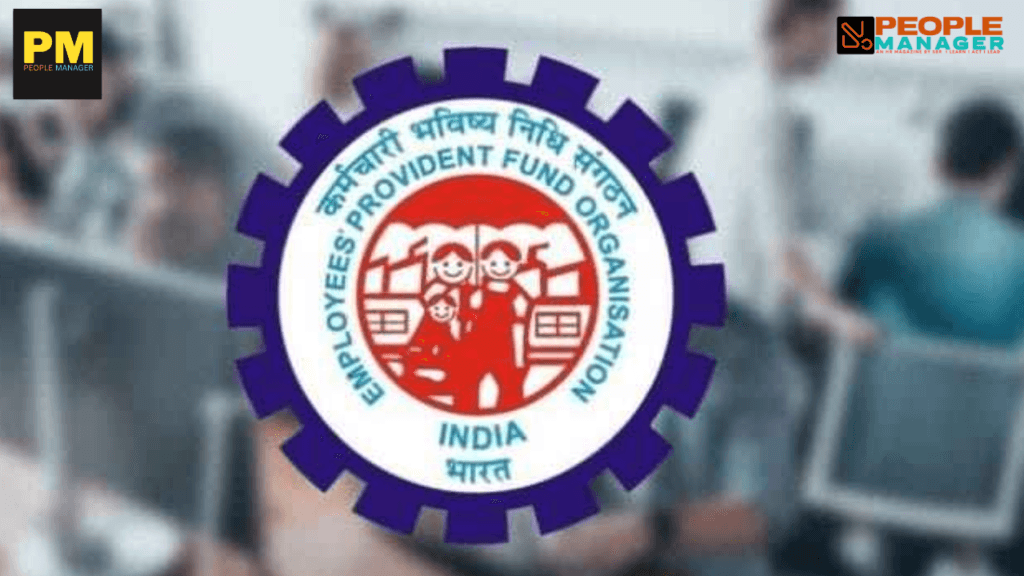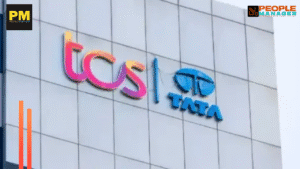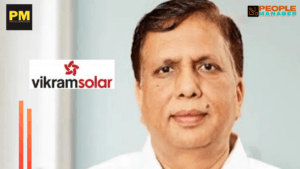Wage Ceilings : India Set for Major Hike in EPS, EPF and ESIC Wage Ceilings
Currently, the wage ceiling for EPF is Rs 15,000 per month, while for ESIC, it's Rs 21,000. The government is likely to increase these ceilings to Rs 25,000-Rs 30,000 per month, aligning them for both programs. A final decision is anticipated by early 2025.

In a significant move to formalize India’s workforce and broaden social security coverage, the government is poised to substantially raise the wage ceilings for mandatory inclusion in the Employees’ Provident Fund (EPF) and Employees’ State Insurance Corporation (ESIC) schemes. This change could bring nearly 10 million additional employees under the umbrella of the EPF and ESI Acts, according to experts.
Currently, the wage ceiling for EPF is Rs 15,000 per month, while for ESIC, it’s Rs 21,000. The government is likely to increase these ceilings to Rs 25,000-Rs 30,000 per month, aligning them for both programs. A final decision is anticipated by early 2025.
The wage ceiling determines the salary threshold up to which EPF and ESI contributions are mandatory. Employers must deduct these contributions from employees’ salaries and deposit them with the EPFO and ESIC, with the employers matching the amounts. While many higher-income earners and their employers voluntarily contribute to EPF, expanding mandatory coverage will increase contributors and contributions.
Akshay Jain, partner at Saraf and Partners, notes that raising the EPF and ESI wage ceilings will increase the number of contributors and the total contributions, even from already covered employees. Currently, employees earning over Rs 15,000 can opt out of EPF coverage. Increasing this threshold by Rs 10,000-Rs 15,000 will boost participation, adding to the existing 70 million active EPFO subscribers.
The EPFO wage limit, currently Rs 15,000 per month, was revised from Rs 6,500 in 2014. For employees earning Rs 15,000 or less, both employees and employers contribute 12% to the EPF account. The employer’s contribution is divided: 8.33% goes to the Employees’ Pension Scheme (EPS), and 3.67% to the provident fund account. Raising the wage ceiling will increase mandatory contributions for both employees and employers, growing the employee’s retirement corpus and subsequent pension.
Suma R V, partner at King Stubb & Kasiva, emphasizes that given rising costs of living, medical care, insurance, and pension schemes, expanding the wage ceiling will help a broader workforce manage their income more effectively. “With many minimum wages already exceeding Rs 15,000, the current EPF cap is outdated, making a hike essential,” he adds.
For ESIC, which currently covers over 37 million insurers, a Rs 4,000- Rs 9,000 wage ceiling increase could benefit many more. The ESI scheme is a self-financed social security program protecting employees against financial distress from sickness, disablement, or employment-related death or injury. Ashok Varma, partner at Grant Thornton Bharat, notes that the ESIC wage ceiling hike will be particularly beneficial for gig workers once the Code on Social Security is implemented.
The Code on Social Security, 2020, will extend ESI coverage to all establishments with 10 or more employees nationwide, compared to currently notified districts/areas. It also allows voluntary coverage for smaller establishments. The government has incentivized EPFO subscription, linking implementation of the three Employment Linked Incentive Schemes (ELIs) to EPFO and providing temporary COVID-19 relief by covering part of both employers’ and employees’ EPF contributions.
Stay tuned to PropleManager for updates on these changes and their impact on India’s evolving workforce and social security landscape.
- 𝐕𝐢𝐫 𝐁𝐡𝐚𝐫𝐚𝐭 𝐓𝐚𝐤𝐞𝐬 𝐎𝐧 𝐭𝐡𝐞 𝐌𝐚𝐧𝐝𝐚𝐭𝐞 𝐨𝐟 𝐒𝐞𝐜𝐫𝐞𝐭𝐚𝐫𝐲, 𝐍𝐇𝐑𝐃𝐍 𝐃𝐞𝐥𝐡𝐢 & 𝐍𝐂𝐑 𝐂𝐡𝐚𝐩𝐭𝐞𝐫 𝐟𝐨𝐫 𝟐𝟎𝟐𝟓–𝟐𝟎𝟐7 - December 6, 2025
- Suvarna Nikam On How AI-First Campaigns are Reinventing Employee Experience? - November 28, 2025
- How Siemens India is redefining workforce transformation by embedding HR at the strategic core ? - October 28, 2025









